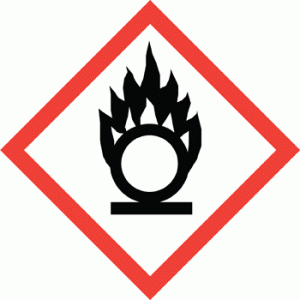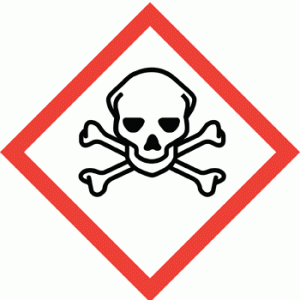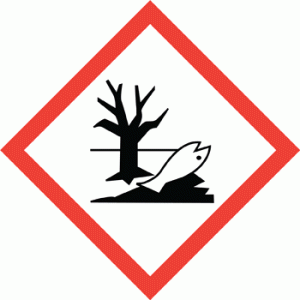The correct use for Hazardous cabinets.
We all use Hazardous substances on a day to day basis. This being said they are not all harmful when stored or used. The ones that are however are often not storage correctly. Hazardous cabinets are widely over looked when it comes to health and safety but are vital.
At lot of people don’t realise that in the workplace under COSHH regulations, it’s the employer’s responsibility to make sure hazardous substances used are properly identified and stored in a lockable cupboard.
An initial UN programme rolled out in late 2010 to standardise chemical warning labels was last updated on 1st June 2017. All chemicals (both in pure substances and mixtures) must now feature the new chemical hazard labels. They should feature a pictogram inside a diamond shape with a white background and distinctive red border like below.

Chemical is flammable if exposed to ignition sources, sparks or heat.

Can burn without air and can intensify fire.

May explode if exposed to fire, heat, shock, friction.

Contains gas under pressure. Gas released may be very cold. Gas container may explode if heated.

Corrosive material which may cause skin burns and permanent eye damage.

Toxic material which may cause life threatening effects even in small amounts and with short exposure.

May cause serious and prolonged health effects on short or long term exposure.

Toxic to aquatic organisms and may cause long lasting effects in the environment.

May cause irritation (redness, rash) or less serious toxicity. May damage the ozone layer.
You can use this graphic below to find out which hazardous storage cabinet is right to store your chemicals:

Now you are ready to grab a great deal on hazardous cabinets.













